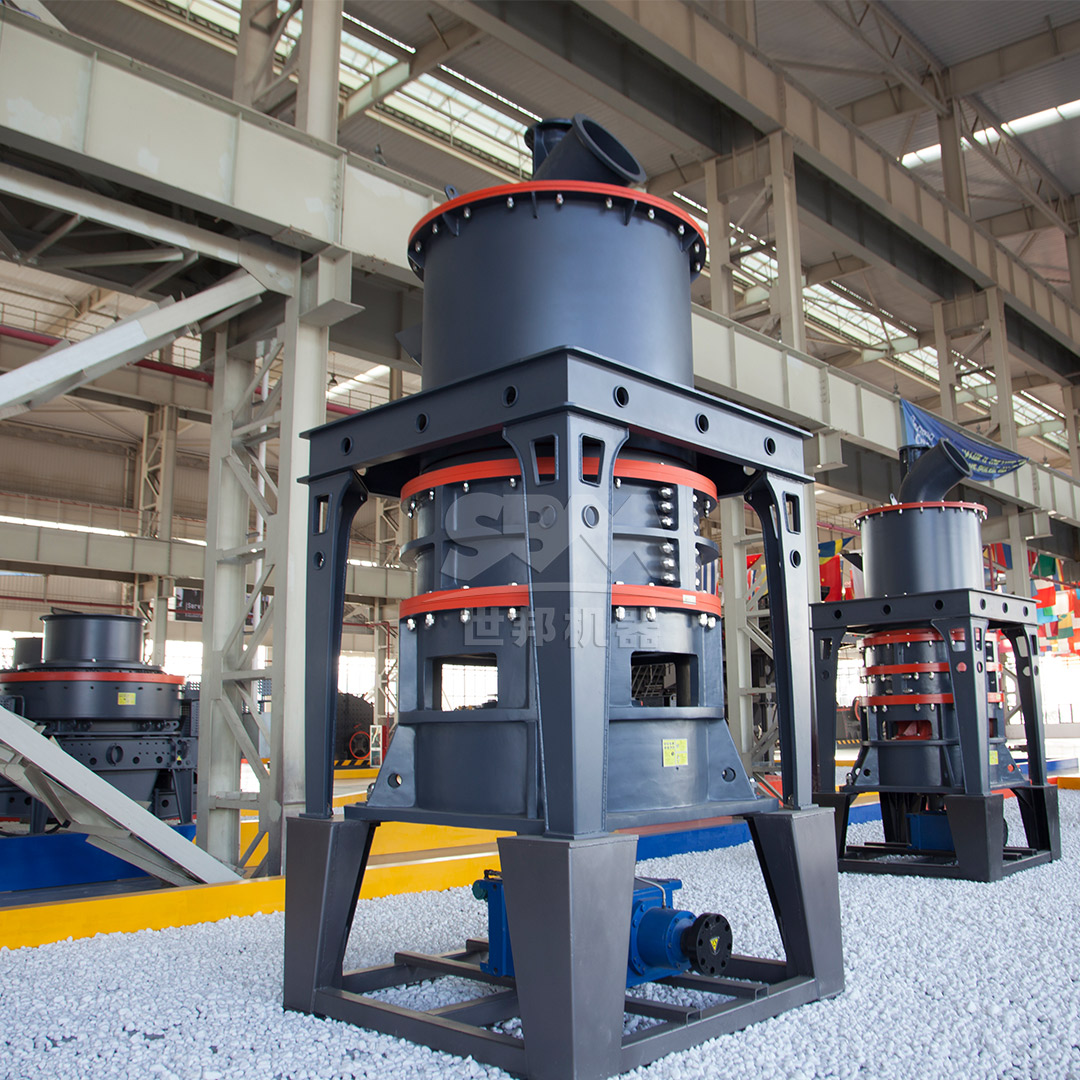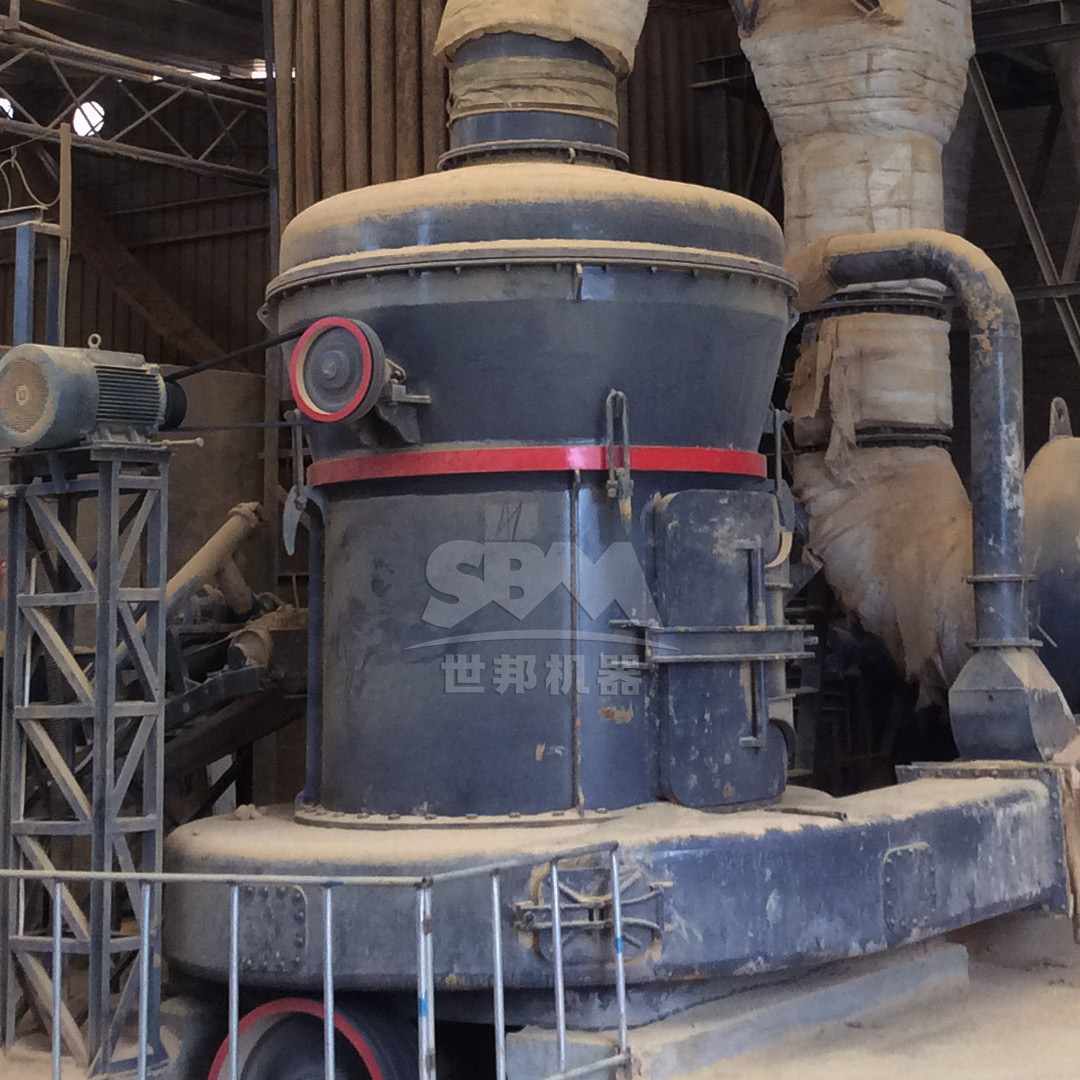High-purity quartz (HPQ) has become an indispensable material in advanced technological applications, particularly in the semiconductor, solar photovoltaic, and telecommunications industries. The exceptional properties of quartz—including high chemical purity, thermal stability, and excellent electrical insulation—make it ideal for manufacturing silicon wafers, optical fibers, and high-performance glass. However, achieving the required purity levels (often exceeding 99.995% SiO₂) demands sophisticated processing equipment capable of precise particle size control and contamination-free operation.
The journey from raw quartz to high-purity material involves multiple stages of comminution, classification, and purification. Among these processes, ultrafine grinding plays a crucial role in liberating impurities and achieving the specific surface area necessary for subsequent chemical treatment. The selection of appropriate milling technology directly impacts both the efficiency of impurity removal and the final product quality.

Processing quartz to meet the stringent requirements of advanced applications presents several significant challenges. The material’s high hardness (7 on the Mohs scale) and abrasive nature accelerate equipment wear, potentially introducing metallic contamination. Additionally, the need for precise particle size distribution with minimal fines requires sophisticated classification systems that can operate consistently at high efficiencies.
Thermal management represents another critical consideration. Excessive heat generation during grinding can induce phase transformations in quartz or activate surface chemistry that complicates subsequent purification steps. Furthermore, the processing environment must be carefully controlled to prevent contamination from external sources, necessitating fully enclosed systems with effective dust containment.
| Parameter | Standard Grade | High-Purity Grade | Semiconductor Grade |
|---|---|---|---|
| SiO₂ Content | >99.5% | >99.9% | >99.995% |
| Fe₂O₃ Content | <100 ppm | <10 ppm | <1 ppm |
| Al₂O₃ Content | <500 ppm | <50 ppm | <5 ppm |
| Particle Size Distribution | Broad | Narrow | Precisely Controlled |
| Surface Contamination | Moderate | Low | Minimal |
Ultrafine grinding represents a pivotal step in high-purity quartz production, serving multiple functions beyond simple size reduction. Properly executed grinding liberates mineral inclusions, creates the specific surface area needed for efficient chemical purification, and controls particle morphology—all factors that significantly influence downstream processing efficiency and final product performance.
Modern ultrafine mills for quartz processing must balance several competing requirements: achieving fine particle sizes without excessive energy consumption, minimizing contamination from wear parts, providing precise classification to eliminate oversize particles, and maintaining stable operation over extended production campaigns. The selection of grinding technology directly impacts operational costs, product quality consistency, and the ability to meet evolving market specifications.

Contemporary ultrafine milling systems offer significant advantages over traditional grinding approaches for high-purity quartz production. Their integrated classification systems enable real-time adjustment of product fineness, allowing producers to respond quickly to changing customer requirements. Advanced wear protection technologies, including specialized alloys and ceramic linings, dramatically reduce metallic contamination while extending maintenance intervals.
Energy efficiency has become another distinguishing feature of modern mills. Through optimized grinding mechanics and reduced system pressure drops, leading equipment can achieve specific energy consumption 30-40% lower than conventional systems. This not only reduces operating costs but also minimizes heat generation—a critical factor in maintaining quartz quality.
For operations requiring the finest particle sizes with exceptional purity preservation, the SCM Ultrafine Mill represents an ideal solution. This advanced milling system achieves output fineness ranging from 325 to 2500 mesh (D97 ≤ 5μm), making it particularly suitable for high-value quartz applications where superior surface area and controlled particle size distribution are critical.
The SCM series incorporates several technologies specifically beneficial for high-purity quartz processing. Its vertical turbine classifier enables precise particle size cuts, ensuring consistent product quality without coarse particle contamination. The mill’s unique grinding element design utilizes special materials that resist quartz abrasion while minimizing metallic contamination—a crucial consideration for semiconductor-grade materials.
With capacity ranging from 0.5 to 25 tons per hour (depending on model), the SCM series accommodates various production scales while maintaining operational efficiency. The system’s intelligent control capability provides automatic feedback on product fineness, ensuring consistent quality despite variations in feed material characteristics. Particularly noteworthy is the mill’s energy efficiency—offering approximately twice the capacity of jet mills while reducing energy consumption by 30%.
Environmental performance further enhances the SCM series’ suitability for high-purity quartz production. Pulse dust collection efficiency exceeds international standards, while integrated soundproofing maintains noise levels below 75 dB. The absence of bearings in the grinding chamber eliminates a potential source of lubricant contamination, supporting the stringent purity requirements of advanced quartz applications.
| Model | Processing Capacity (ton/h) | Main Motor Power (kW) | Feed Size (mm) | Output Fineness (mesh) |
|---|---|---|---|---|
| SCM800 | 0.5-4.5 | 75 | 0-20 | 325-2500 |
| SCM900 | 0.8-6.5 | 90 | 0-20 | 325-2500 |
| SCM1000 | 1.0-8.5 | 132 | 0-20 | 325-2500 |
| SCM1250 | 2.5-14 | 185 | 0-20 | 325-2500 |
| SCM1680 | 5.0-25 | 315 | 0-20 | 325-2500 |
For operations requiring processing in the intermediate fineness range (30-325 mesh), the MTW Series Trapezium Mill offers an optimal balance of productivity, energy efficiency, and product quality. This robust milling system handles feed materials up to 50mm in size with throughput capacities ranging from 3 to 45 tons per hour, making it suitable for medium to large-scale quartz processing operations.
The MTW series incorporates several innovative features that benefit quartz processing. Its curved air channel design reduces energy loss while improving material transport efficiency. The wear-resistant shovel blade design significantly reduces maintenance requirements—a critical factor when processing abrasive materials like quartz. Additionally, the mill’s integrated cone gear transmission achieves 98% efficiency while saving installation space and reducing overall project costs.

In practical quartz processing applications, the MTW Series demonstrates particular strengths in consistent performance and operational reliability. The mill’s advanced grinding mechanics ensure stable operation even with variations in feed material characteristics. Its segmented wear part design allows targeted replacement of components, minimizing downtime and reducing long-term operating costs.
Environmental compatibility further enhances the MTW series’ suitability for modern quartz processing plants. The mill’s comprehensive dust collection system maintains workplace air quality while preventing product loss. Multiple configuration options allow customization to specific site requirements and product specifications.
The relationship between grinding parameters and subsequent purification efficiency cannot be overstated in high-purity quartz production. Properly ground quartz exhibits not only the target particle size distribution but also the optimal surface characteristics for efficient chemical treatment. Ultrafine mills play a crucial role in creating the physical foundation for successful purification.
Modern milling systems like the SCM Ultrafine Mill and MTW Trapezium Mill provide the consistency required for predictable purification performance. Their precise classification systems ensure that particles are adequately liberated without excessive fines that might complicate filtration or washing steps. Additionally, the controlled grinding environment minimizes surface contamination that could interfere with subsequent chemical processes.
Successful high-purity quartz production requires viewing the grinding stage as an integrated component of the overall processing circuit. The selection of appropriate milling technology must consider not only immediate grinding objectives but also compatibility with upstream crushing and downstream purification operations. Modern mills offer the flexibility to adapt to varying feed materials and product requirements, supporting optimization across the entire production chain.
Advanced control systems in contemporary milling equipment further enhance circuit integration. Real-time monitoring of operational parameters allows proactive adjustment to maintain product quality despite fluctuations in feed characteristics. This capability becomes particularly valuable when processing quartz from multiple sources or when product specifications change frequently.
The evolution of ultrafine milling technology continues to address the increasingly demanding requirements of high-purity quartz consumers. Several emerging trends are shaping equipment development, including greater integration of artificial intelligence for process optimization, enhanced wear protection materials to further reduce contamination risks, and improved energy recovery systems to minimize environmental impact.
Modular mill designs are gaining prominence, allowing producers to scale operations efficiently while maintaining product consistency. Hybrid systems that combine multiple grinding principles offer potential for further optimization of specific energy consumption. Additionally, advanced sensor technology enables more comprehensive real-time quality monitoring, reducing reliance on laboratory analysis and accelerating process adjustments.
Environmental sustainability has become an increasingly important consideration in quartz processing equipment selection. Modern mills address this through multiple approaches, including reduced energy consumption, comprehensive dust containment systems, and designs that facilitate recycling of wear parts. Water-free processing options gain importance in regions facing water scarcity, while noise reduction features support better community relations.
The continuing development of ultrafine milling technology promises further improvements in both economic and environmental performance. As quartz purity requirements continue to tighten across advanced applications, milling equipment must evolve correspondingly—maintaining the delicate balance between product quality, operational efficiency, and environmental responsibility.
Ultrafine milling technology occupies a critical position in the high-purity quartz value chain, directly influencing both process economics and final product quality. The selection of appropriate milling equipment requires careful consideration of multiple factors, including particle size requirements, contamination control, energy efficiency, and integration with downstream processes.
Advanced milling systems like the SCM Ultrafine Mill and MTW Series Trapezium Mill offer sophisticated solutions to the challenges of high-purity quartz production. Their precision grinding and classification capabilities, combined with robust construction and operational efficiency, make them valuable assets for producers serving demanding markets such as semiconductors, photovoltaics, and advanced optics.
As end-use applications continue to evolve and purity requirements become increasingly stringent, the role of advanced milling technology will only grow in importance. Continued innovation in equipment design and process control will support the quartz industry’s ability to meet these challenges while maintaining economic viability and environmental responsibility.